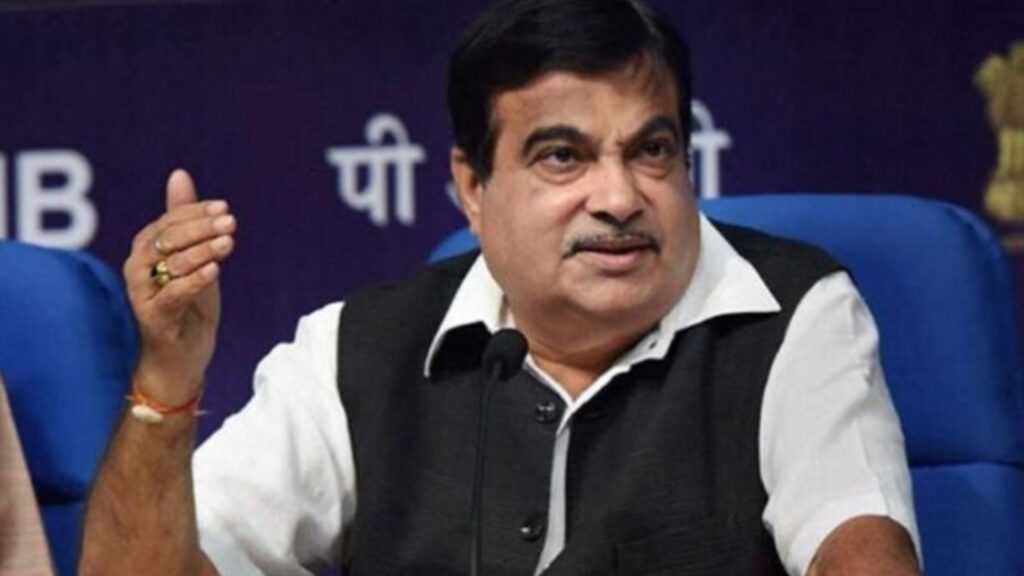Introduction
Centrally Minister Nitin Gadkari envisions a future where cars run on a fuel mix that significantly incorporates ethanol instead of solely relying on diesel and petrol. His ambitious plan aims to promote the use of ethanol in vehicles, and recent reports highlight key aspects of this initiative. The report indicates that to achieve the government’s target of a 20% ethanol blend in petrol by 2025, substantial increases in sugarcane production will be essential. This shift not only promises to enhance sugar stocks but also aims to improve cash flow for sugar mill owners.
Setting the Stage for Ethanol Blending
According to a report by Crisil Ratings, India must effectively utilize both grains and sugarcane as feedstock to meet its goal of blending 20% ethanol in petrol by 2025, which translates to an annual supply increase of 990 crore liters. The report anticipates a remarkable surge in ethanol production from grains, projected to reach 600 crore liters in the upcoming season, a significant rise from the current estimate of 380 crore liters. The remaining production volume will need to come from the processing of sugarcane into ethanol, which appears feasible given the available capacity.
Implications for Sugar Stock and Mill Owners
Crisil Ratings further emphasized that this strategic shift in ethanol production could optimize sugar stock levels, particularly in light of government restrictions on the diversion of sugar for ethanol production and exports. As the end of the current session approaches, the carry-over stock situation will come into play, necessitating careful management of sugarcane usage.
Benefits for India
The integration of ethanol into fuel is poised to reduce India’s dependency on crude oil imports. The report indicates that since the introduction of the Ethanol Blending Program (EBP) in 2021, there has been a consistent annual increase in ethanol blending rates by 2-3%. While the use of grains for ethanol production is not heavily regulated, the government sets the quantity of sugarcane utilized based on estimated demand-supply balances for sugar in the upcoming years.
Projected Growth of Ethanol Production
| Year | Projected Ethanol Production (in crore liters) | Source of Production |
|---|---|---|
| Current Year | 380 | Grains |
| Next Year | 600 | Grains |
| 2025 Target | 990 | Grains and Sugarcane |
Conclusion
In conclusion, Nitin Gadkari’s initiative to promote ethanol usage in automobiles not only aligns with global sustainability goals but also stands to benefit the Indian economy through reduced oil imports and better cash flows for farmers and sugar mill owners. As the plan unfolds, monitoring and adjusting the use of grains and sugarcane will be crucial in meeting the ambitious targets set for ethanol blending in petrol. This initiative marks a significant step toward a greener and more self-sufficient India.

